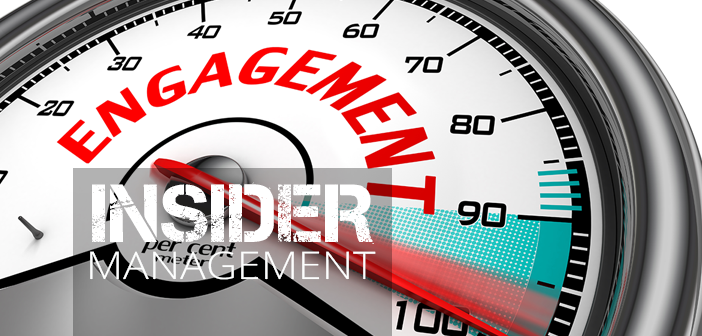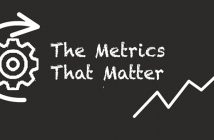“What gets measured is what gets done.” That old adage has been applied to business for decades. If you want to light a fire under people and hold them accountable—particularly managers and executives—you should measure what they produce.
In our industry, we measure customer throughput, time on-course, accidents/injuries, and customer satisfaction, among many other key performance indicators (KPIs). And those KPIs, when closely monitored, improve as your energy and effort is focused on them.
But what about people metrics?
There’s a raft of research and evidence that shows that high employee engagement correlates to better business performance. Companies with high employee engagement see a 20 percent or more increase in productivity and profitability compared to companies with low engagement. It makes sense: engaged employees tend to come up with new ideas to improve the business, come to work more frequently, and work harder when they get there.
Research firm Gallup—which defines engagement as employees who are “involved in, enthusiastic about and committed to their work and workplace”—produces an annual report of U.S. employee engagement, and the numbers should alarm you. According to the report, just 31.5 percent of employees in the United States are engaged. Fifty one percent are not engaged, and an astonishing 17.5 percent of workers are actively disengaged—which means they intentionally undermine the culture and performance of the workplace.
So, how do you know if you have an engaged workforce? 
The standard way to measure employee engagement is through surveys. Self-reported engagement data has a lot of value, but also some limitations. While survey reliability and validity has come a long way, self-reported data becomes dated quickly, is subject to the availability bias (respondents thinking of only the most recent events), and gaming (respondents answering how they believe they’re supposed to answer). Plus, surveys can be expensive.
Microsoft analytics expert Ryan Fuller suggests that you can get started measuring employee engagement using just your own skills in observing your teams. For example, employees that have good relationships with management are more engaged in their work. You can measure how often employees and managers get together for one-on-one conversations, or how much time the manager spends with his or her team.
Additionally, peer relationships are a strong indicator of employee engagement. Engagement increases as people have more and stronger relationships. Do your employees have a broad network within the company? Do they reach out across divisions/departments when they need help? Are they exposed to ideas and thinking from a cross-section of the business?
Meetings are an indicator of engagement. While the adventure park industry may not be meeting-heavy, as the industry grows and matures, more and more operators will add layers of management—and, therefore, meetings—to their routines. When people are in larger meetings, they tend to be less engaged due to the “bystander effect.” Measure the number and quality of large meetings to reduce this impact.
Lastly, the “busy factor” plays a role in employee engagement. We want our employees to fill their days with work, but how that calendar gets filled has an impact on engagement. People who bounce from meeting to meeting or from task to task are far less engaged. On the other hand, people who manage their calendars to ensure up to two hours of protected time (time spent alone focused on their work) per day are more engaged.
While informal assessments can give you good insights, and perhaps confirm your suspicions, companies like Great Place to Work offer affordable self-service measurement and reporting tools that can help deepen your insights and build a business case for change.
Regardless of your approach, one thing remains true: Engagement will not change unless you start measuring it. Can you afford to ignore it?





